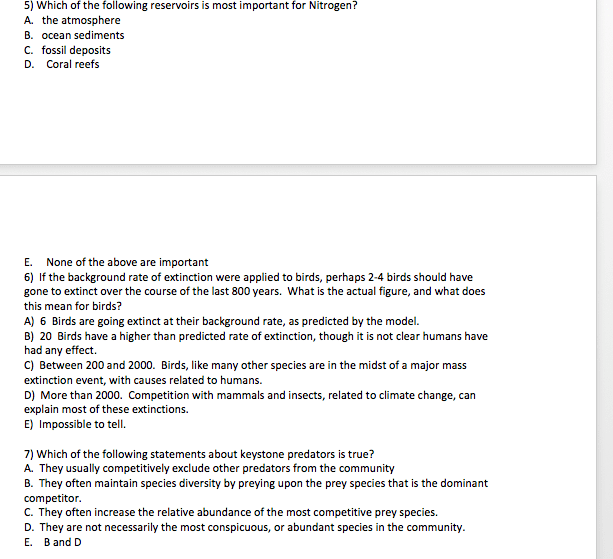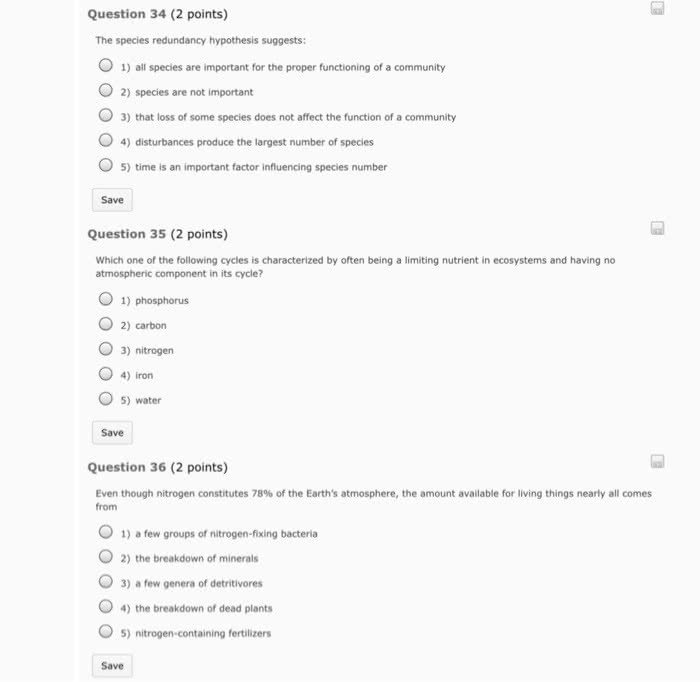
kaminipnaidu
Kamini Parthasarathy
0 Followers
0 Following
0 Helped
kaminipnaiduLv2
8 Jun 2022
Answer: c) the portion of the total variation in a trait that is due to variat...
kaminipnaiduLv2
8 Jun 2022
Answer: both statements are true. Step-by-step explanation: statement 1 : it’s...
kaminipnaiduLv2
8 Jun 2022
Answer: only second statement is true. Step-by-step explanation:Natural select...
kaminipnaiduLv2
8 Jun 2022
Answer: energy, in physics, the capacity for doing work. It may exist in poten...
kaminipnaiduLv2
8 Jun 2022
Answer: Indian Regional Navigation Satellite SystemStep-by-step explanation: I...
kaminipnaiduLv2
8 Jun 2022
Answer: 1. True. Generally, species that are closely related have high degree ...
kaminipnaiduLv2
8 Jun 2022
Answer: 5.A. The atmosphere The largest and most important reservoir of nitrog...
kaminipnaiduLv2
8 Jun 2022
Answer: For an enzyme and substrate to bind, they first need to fit together p...
kaminipnaiduLv2
20 Jan 2022
Answer: 1. that loss of some species does not affect the function of a communi...
kaminipnaiduLv2
20 Jan 2022
Answer: Nitrogen is one of the naturally occurring elements. It is essential f...
kaminipnaiduLv2
20 Jan 2022
Answer: a. mutualism Step-by-step explanation: It's a mutualism because nitrog...
kaminipnaiduLv2
20 Jan 2022
Answer: a. Burrowing owls nest in abandoned ground squirrel tunnels - PARASITI...
kaminipnaiduLv2
20 Jan 2022
Answer: -> Some bacteria act as a decomposers and they break the complex ni...



